Health exams for: #AGEGROUP#
The following exams, tests, and procedures are recommended for #AGEGROUPLOWER#.#FEMALETEXT#
Select a link from the list below to learn how and why each test is performed, as well how to prepare for it.

The following exams, tests, and procedures are recommended for #AGEGROUPLOWER#.#FEMALETEXT#
Select a link from the list below to learn how and why each test is performed, as well how to prepare for it.
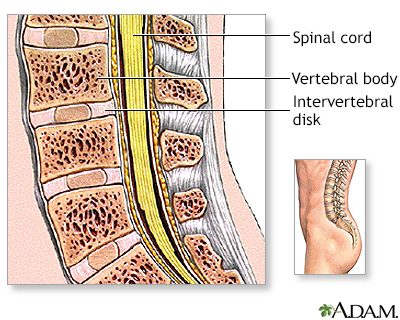
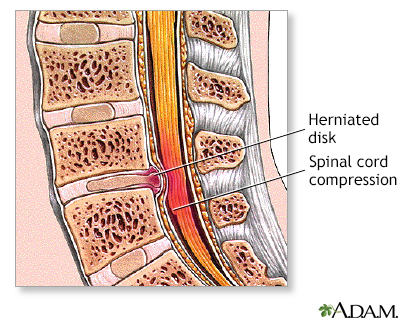
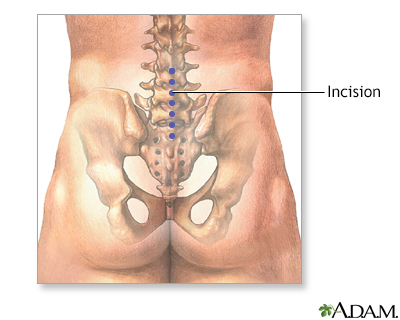
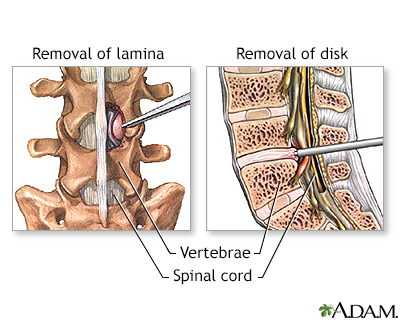
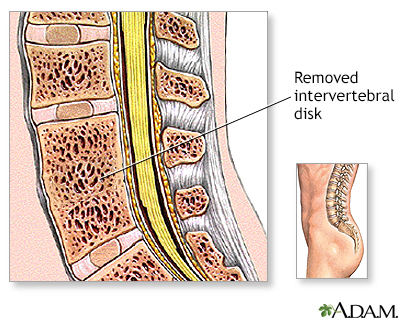
The spine is made of bones (vertebrae) separated by soft cushions (intervertebral disks).
The spine is made of bones (vertebrae) separated by soft cushions (intervertebral disks).
Lumbar (lower back) spine disease is usually caused by herniated intervertebral disks; abnormal growth of bony processes on the vertebral bodies (osteophytes), which compress spinal nerves; trauma; and narrowing (stenosis) of the spinal column around the spinal cord. Symptoms of lumbar spine problems include pain that extends (radiates) from the back to the buttocks or pain in the back of the thigh that interferes with daily activities; weakness of legs or feet; numbness of legs, feet, or toes; or a loss of bowel of bladder control.
Lumbar (lower back) spine disease is usually caused by herniated intervertebral disks; abnormal growth of bony processes on the vertebral bodies (ost...
The surgery is done while the patient is deep asleep and pain-free (general anesthesia). An incision is made over the lower back, in the midline.
The surgery is done while the patient is deep asleep and pain-free (general anesthesia). An incision is made over the lower back, in the midline.
The bone that curves around and covers the spinal cord (lamina) is removed (laminectomy) and the tissue that is causing pressure on the nerve or spinal cord is removed. The hole through which the nerve passes can be enlarged to prevent further pressure on the nerve. Sometimes, a piece of bone (bone graft), interbody cages, or pedicle screws may be used to strengthen the area of surgery.
The bone that curves around and covers the spinal cord (lamina) is removed (laminectomy) and the tissue that is causing pressure on the nerve or spin...
Patients usually require physical therapy to optimize spinal mobility after lumbar spine surgery. Results are variable depending on the disease treated.
Patients usually require physical therapy to optimize spinal mobility after lumbar spine surgery. Results are variable depending on the disease treated.
Review Date: 10/15/2023
Reviewed By: C. Benjamin Ma, MD, Professor, Chief, Sports Medicine and Shoulder Service, UCSF Department of Orthopaedic Surgery, San Francisco, CA. Also reviewed by David C. Dugdale, MD, Medical Director, Brenda Conaway, Editorial Director, and the A.D.A.M. Editorial team.



